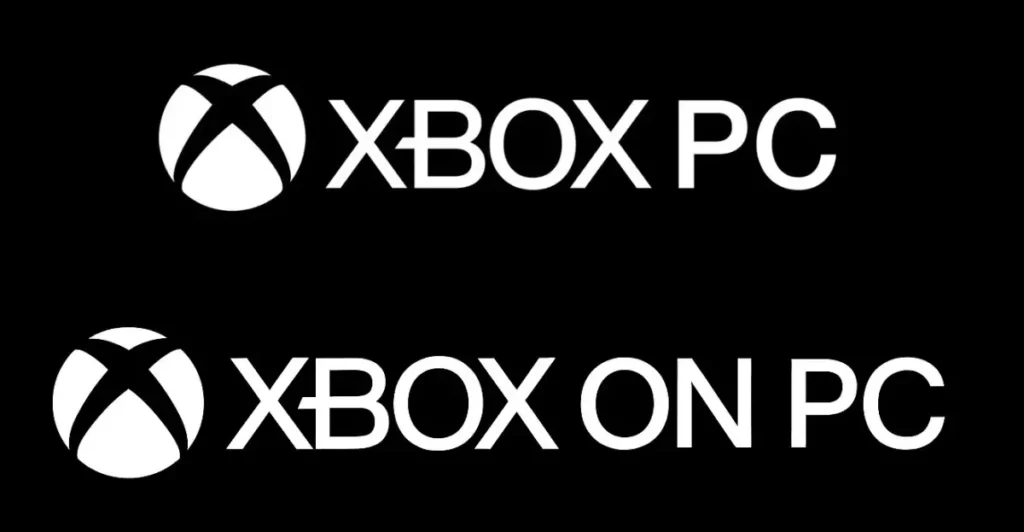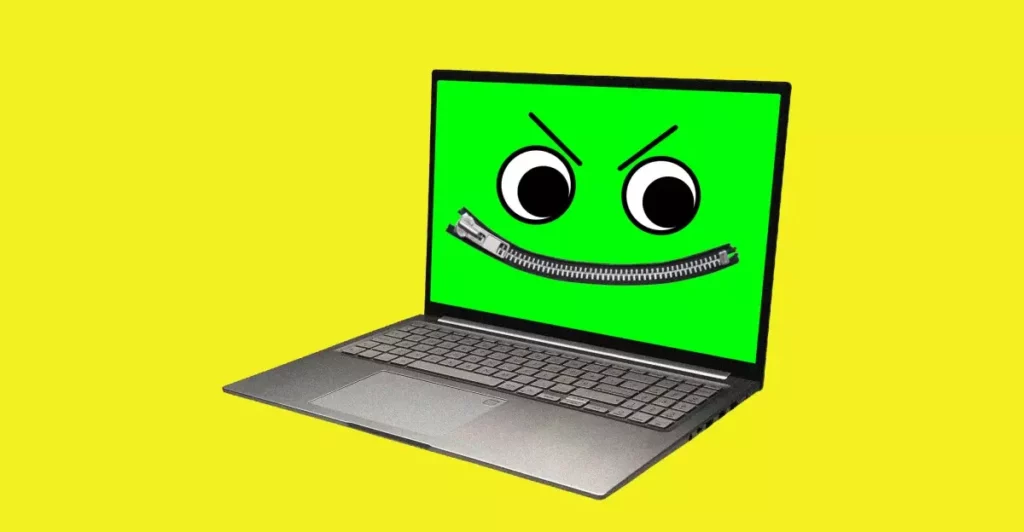In a landscape saturated with gaming platforms, Microsoft’s attempts at refining its branding strategy on PC appear more like a muddled shuffle than a strategic progression. Initially, the company introduced the term “Xbox PC” in early May, signaling a unified approach that aimed to position their ecosystem as an all-encompassing gaming hub for PC users. However, within weeks, this branding was abandoned in favor of “Xbox on PC,” raising questions about Microsoft’s internal consistency and long-term vision. Such quick reversals are more than mere cosmetic adjustments; they erode trust among consumers and partners alike. Third-party publishers adopting these fluctuating terms only deepen the confusion, creating a fractured brand identity that risks alienating gamers who seek clarity and reliability.
Microsoft’s inconsistency echoes a troubling pattern of indecisiveness that suggests a leadership struggle to communicate a coherent message. When a company makes dramatic shifts in branding over a short period, it signals a lack of strategic conviction—undermining the very purpose of branding as a tool for building consumer confidence. For an audience watching closely, this revolving door of terms resembles a sign of internal disarray rather than innovation, potentially discouraging those who might otherwise embrace Microsoft’s vision of a unified ecosystem.
The Underlying Intent: Competing with Steam and Apple’s Ecosystem
The central motivation behind Microsoft’s branding overhaul seems to revolve around positioning itself as a serious competitor to platforms like Steam and Apple’s ecosystem. The shift from “Xbox PC” to “Xbox on PC” depicts an attempt to frame gaming on Windows as integral to the broader Xbox universe—not merely a side venture or secondary experience. Microsoft appears eager to elevate PC gaming to a level where it’s indistinguishable from console gaming, promising seamless integration across devices and services.
Yet, this bold ambition is hamstrung by Microsoft’s own missteps. Rebranding its “Xbox Game Pass for PC” to just “PC Game Pass” four years ago was a clear acknowledgment of consumer confusion. The same pattern repeats: by jostling between terms, Microsoft demonstrates an underlying struggle to find a genuine, meaningful identity for its cross-platform ambitions. Without a definitive message, the company risks diluting the value of its platform, making it appear more like a hastily assembled patchwork rather than a thoughtfully crafted ecosystem.
The effort to position Xbox as a platform that extends beyond gaming consoles—into handheld PCs, VR headsets, and even mobile devices—is ambitious but fraught with pitfalls. The inconsistent branding reflects a broader struggle to reconcile the disparate experiences between console and PC, and reveals a reluctance to fully commit to a unified user experience.
The Risks of Overreaching and the Need for Clarity
Microsoft’s tendency to rebrand rapidly exposes a fundamental flaw: overreach without a clear strategy. The company’s vision of integrating Windows and Xbox into a singular platform that spans various devices is promising, but it remains blurry in execution. The upcoming launch of handheld PCs and other hardware innovations will test this vision, especially if the branding remains ambiguous.
From a center-right liberal standpoint, the critique centers on Microsoft’s missed opportunity to cultivate consumer trust by maintaining consistent messaging. Branding is not only about marketing but about setting expectations and delivering on promises. When a tech giant like Microsoft toggles its terminology so frequently, it signals a lack of conviction, which may ultimately open the door for more reliable competitors—like Sony or even emerging native PC platforms—to capture consumer interest.
Furthermore, Microsoft should recognize that their audience values transparency and simplicity. Complex, shifting brand identities only serve to alienate mainstream users who seek clarity and stability. Microsoft’s future success hinges on its ability to settle on a clear, authoritative identity that champions a seamless, unified experience—something that has yet to materialize amid the current branding chaos.
A Wake-Up Call for Strategic Focus and Consumer Respect
Ultimately, Microsoft’s branding flip-flops are reflective of a deeper issue: a company trying to do too much at once without a definitive narrative. The overlap between gaming, hardware, and Windows ecosystems requires a steady hand and a clear voice—qualities that are presently missing. Moving forward, Microsoft must prioritize strategic coherence over cosmetic alterations if it hopes to truly compete in a saturated market.
For those who value an ecosystem built on trust and clarity, Microsoft’s current approach feels like a patchwork attempt rather than a confident march toward a unified vision. It’s a warning sign that unchecked overextension and inconsistent messaging could undermine their long-term ambitions. The tech giant needs to back up its promises with stability, rather than fleeting branding gimmicks, or risk losing the faith of consumers and partners alike in its drive towards a cohesive, multi-platform future.









Leave a Reply